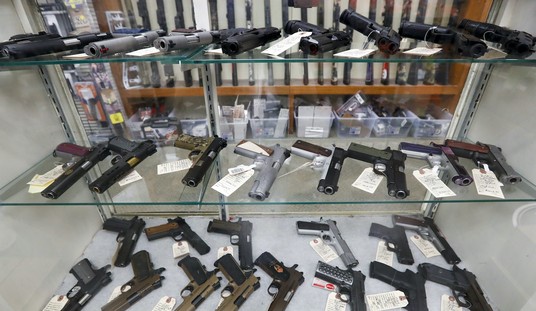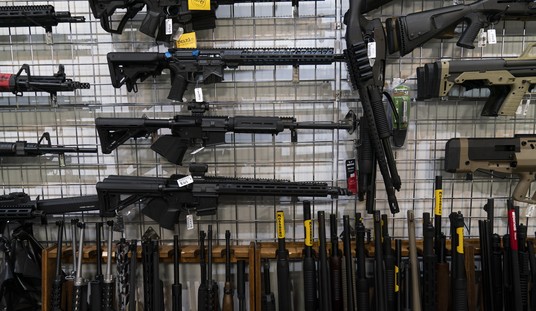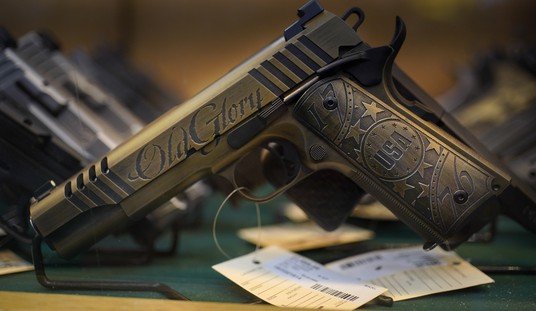Minneapolis City Council members seem serious about disbanding the city’s police department and replacing it with… well, something, but they’re still offering few specifics to residents about what it might mean if the police force were to be repealed and replaced.
On Friday, city councilman Steve Fletcher wrote an opinion piece for Time magazine entitled, “I’m A Minneapolis City Council Member. We Must Disband Police- Here’s What Could Come Next.” I was hoping to see some specific ideas about what non-policing might look like, but for the most part, Fletcher offers up only platitudes and political soundbites like this.
Our city needs a public safety capacity that doesn’t fear our residents. That doesn’t need a gun at a community meeting. That considers itself part of our community. That doesn’t resort quickly to pepper spray when people are understandably angry. That doesn’t murder black people.
We can reimagine what public safety means, what skills we recruit for, and what tools we do and do not need. We can play a role in combating the systems of white supremacy in public safety that the death of black and brown lives has laid bare. We can invest in cultural competency and mental health training, de-escalation and conflict resolution. We can send a city response that that is appropriate to each situation and makes it better. We can resolve confusion over a $20 grocery transaction without drawing a weapon or pulling out handcuffs.
Okay. Maybe the city can do all these things, but Fletcher doesn’t actually explain how. He mentions sending mental health professionals out to handle mental health calls instead of police, dispatching fire department EMT’s to overdose calls, and using “unarmed community-oriented street teams on weekend nights downtown to focus on de-escalation,” as well as relying on traffic cameras and traffic enforcement officers to cover traffic violations, but there are a few things Fletcher leaves out.
Armed robbery, for instance. Carjackings. Homicides. Gang violence. As it turns out, even before the killing of George Floyd turned much of the city into a burned-out war zone, violent crime was on the upswing in the city, as the Star-Tribune newspaper reported last November.
The nearly 13% jump in violent crime mirrors a similar trend across the river in St. Paul, where law enforcement officials are scrambling to quell a recent spate of violence.
In Minneapolis, police data show that the city’s 37 homicides climbed 32% from 28 this time last year, while aggravated assaults, rapes and robberies also rose during the first 10 months of the year, contributing to the increase in reports of violent crime, according to newly released Police Department statistics. The data show that property crime reports were up nearly 15% during the same period.
This comes on the heels of a sharp decline the year before, when the city logged 30-year lows in many crime categories, according to deputy police chief Erick Fors.
Interestingly enough, just a few months ago, Mayor Jacob Frey was calling for more police officers, not disbanding the police department.
The increase has emerged as a significant issue in the debate over police resources, which reached a boiling point this fall with the release of viral videos showing people being violently assaulted and robbed after leaving downtown bars. Advocates of adding more officers worry about a reversal of a steady decline that began in the 1990s, as the city continues its rapid growth.
Mayor Jacob Frey, who has asked for 14 new officers, said the rising violence underscored the need for a different approach to addressing crime and its causes, pointing to recent bail reform efforts, increased “resources for economic inclusion” and further investment in affordable housing, seen as a major hurdle for former offenders trying to reintegrate into society.
At the same time, he said the shortage of officers was likely a contributing factor, calling it “unacceptable” that thousands of high-priority 911 calls couldn’t be immediately assigned because of a lack of available police squads. “There’s no quicker way to erode trust in a police department [than] to call 911 and not have somebody show up,” he said.
Well, I think we might have found a quicker way to erode trust in a police department, but Frey was onto something. I can’t help but wonder, though, what happens to trust in public officials when someone calls 911 and is told that there are no police at all?
I’ll tell you what happens. People start protecting themselves and their neighborhoods, and they don’t do it solely with hugs and sweet talk. They arm themselves. And in Minneapolis, it’s already happening.
Cesia Baires knocks on the three apartment doors above her restaurant and a neighboring taqueria just before curfew.
A woman opens the door. Her two young children are inside.
“Remember,” she says to them in Spanish. “Same thing as yesterday. I’m going to come check on you. If there’s anything you guys need, give us a call right away.”
Meanwhile, a few men climb through the window and on to the roof to set up semi-automatic weapons as the curfew begins in Minneapolis. It’s something Baires never thought she would have to do as a small-business owner, but then she found out these apartments were occupied.
“Material things we can replace, that’s true,” she says. “But there are families up here. These aren’t empty buildings.”
As break-ins and fires raged in the first days of mass protests over the killing of yet another black man in an encounter with police, the city seemed to descend into a security vacuum. She says the police disappeared from this neighborhood. That’s when she and others started forming patrols to include people with licensed weapons.
“I’m the one that’s checking everyone,” she says. “If you’re up here with a gun and you’re not supposed to be here and you don’t have a license to carry, then I don’t allow you to even go to the rooftop. Only people with guns are on the rooftop.”
KUOW reports that Baires’ group, called Security Latinos De La Lake, is just one of several armed neighborhood groups that have formed in the wake of the riots and looting in Minneapolis.
As curfew begins, the group splits off into their homes and businesses. Inside Hernandez’s taqueria, he and Baires, the owner of Abi’s Cafe next door in the same building, work with others to barricade the front door.
“All right. You ready, guys?”
“Ready,” the group responds.
Those licensed to carry move to the roof. The rest stay inside with BB guns to scare people off.
“I don’t want to be here,” Hernandez says. “We don’t want to hurt anybody. But if we’re in danger, we’re probably going to use [our weapons] that’s for sure. It’s going to be self-defense. We’re not going to shoot anybody. But if they start shooting, then it’s different.”
On the road out of this neighborhood, other groups have blocked off their streets, put warning signs up that people are watching and that trespassing would have consequences.
As a Second Amendment advocate, I have absolutely no problem with this, but I can’t help but think that politicians like Steve Fletcher may not be quite as enthusiastic about armed neighborhood watch groups protecting their neighborhoods with AR-15s. The city may have some vague idea about how they’d replace the Minneapolis Police Department if it disbanded, but residents have a much more concrete plan that they’re already putting into action.









Join the conversation as a VIP Member